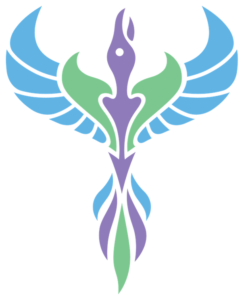
Sleeping Style
What type of sleeper are you?
Perhaps the most important type is the sufficient sleeper, the one who gets at least 7.5 hours of sleep (5 cycles of 1.5 hours each), sleeps deeply, and wakes up refreshed. Unfortunately, this is a rapidly shrinking demographic, due to the incursions of technology, the high pace of urban life, and the myriad stresses, both physical and mental, that are natural to humans. What does inadequate sleep do to someone, besides increasing stress and limiting physical performance? At a deeper level, inadequate sleep could be said to negatively affect the most important systems in the human body.
Are your nerves on edge?
A lack of quality sleep puts your nerves on edge and limits the amount of oxygen that is supplied to muscles during the rest and rehabilitation phase of sleep. Without enough oxygen, lactic acid is allowed to build up, leading to muscle tension that could cause pain or stiffness in the morning, the antithesis of waking up refreshed.
We strive to help people find a way to derive the benefits of restful sleep while not causing any pain to their bodies. The primary goal of any sleeper should be to keep the spine as close to natural alignment as possible, depending on factors including sleep posture, quality of the mattress, and pillow. Here are some recommendations for sleeping posture:
- For back sleepers, the primary pitfall of this position is the pressure it can put on the lower back. A small pillow can be put under the knees to raise them slightly and alleviate pressure from accruing in the lower spine. Try to use a head pillow that keeps the spine straight and doesn’t angle the neck up or down.
- Side sleepers need to follow the same principle for finding a pillow that keeps the spine straight through the neck. Bending the knees to approximate the fetal position will help remove pressure from the spine as well.
- Sleeping on the stomach is perhaps the least conducive position for a good night’s sleep. It puts strain on the lower back and core muscles, encourages an unnatural curvature of the spine, and can leave the head and neck at awkward angles. If it is the only way you can fall asleep, try to prop a pillow underneath your stomach to keep your spine level with your head.
For help getting rid of pain and finding a restful night’s sleep, give our office a call and schedule an appointment today!
